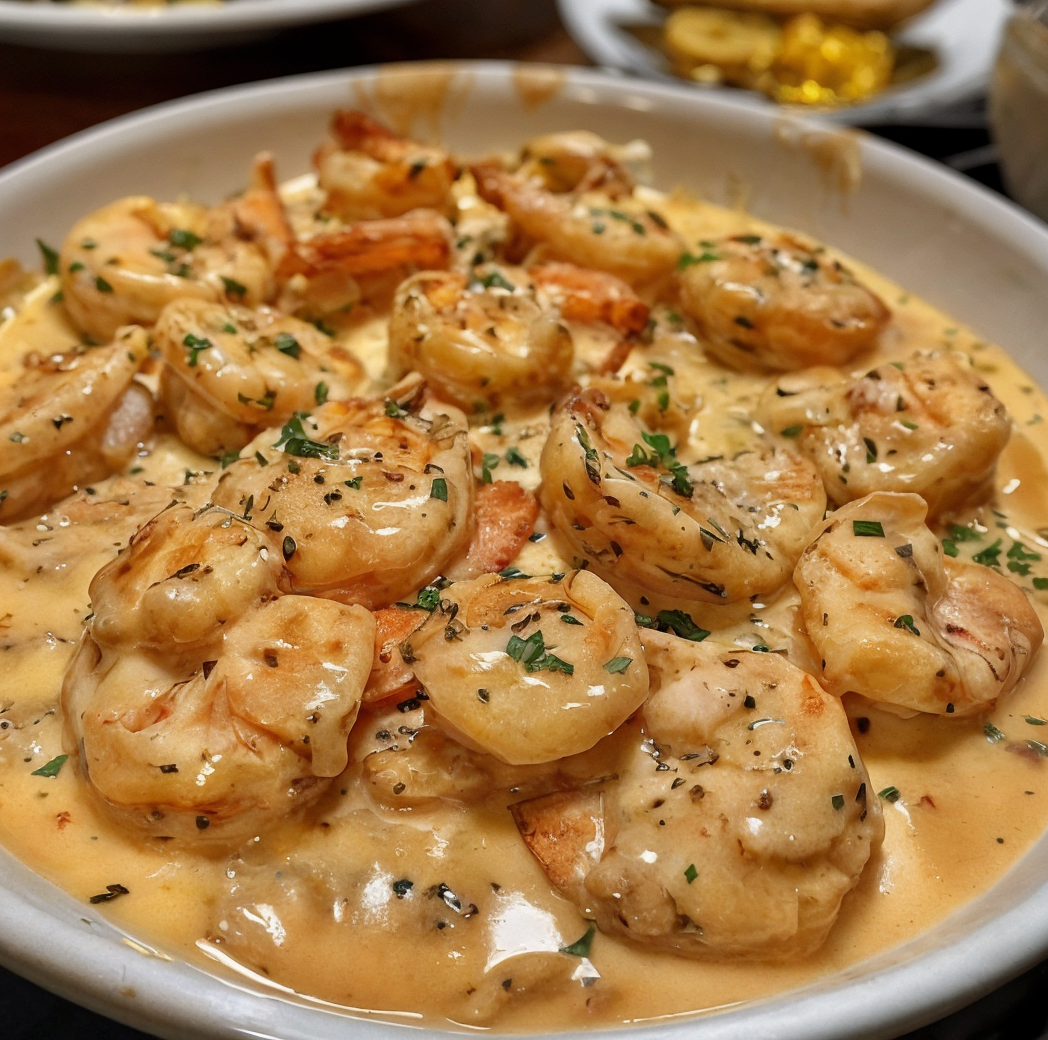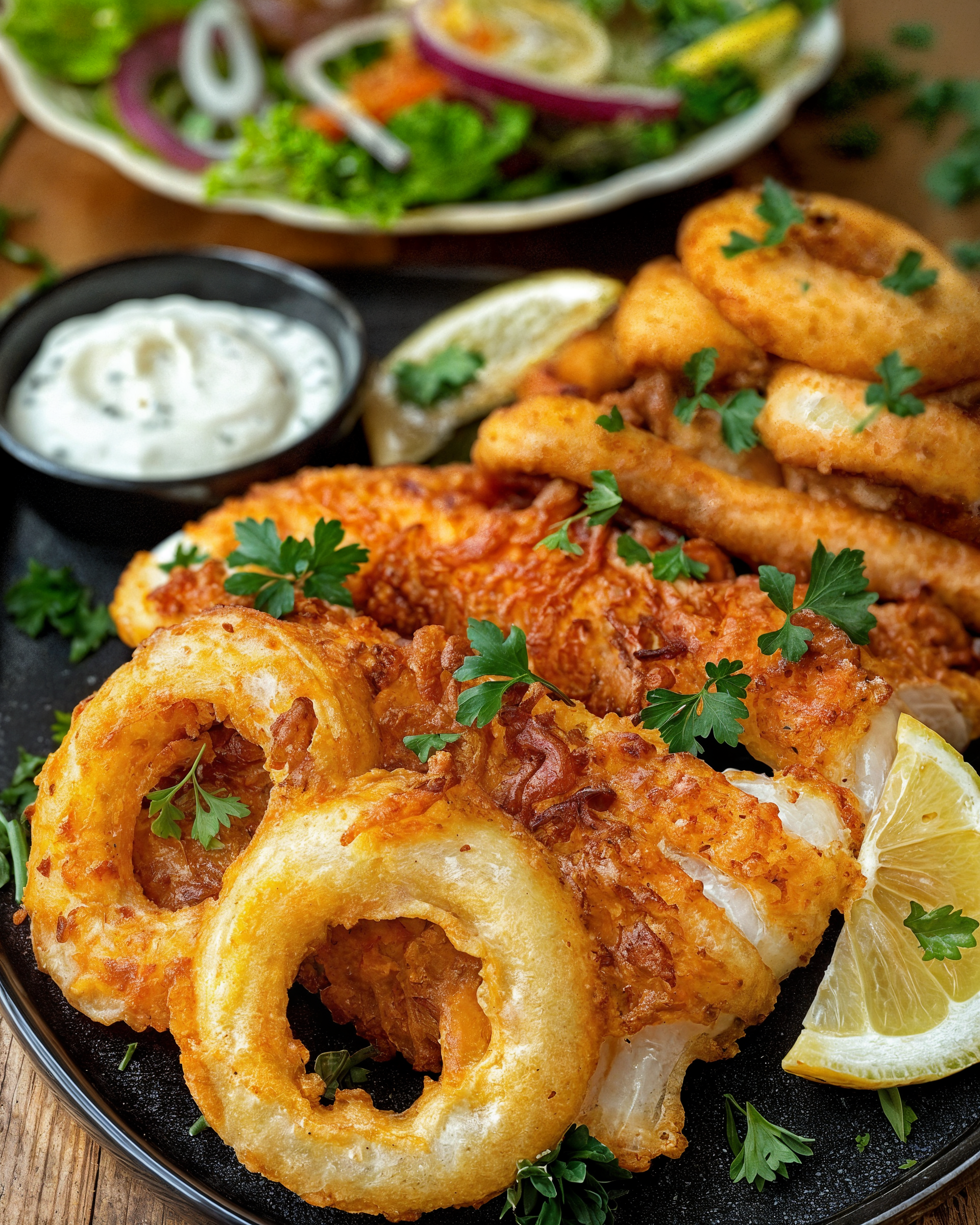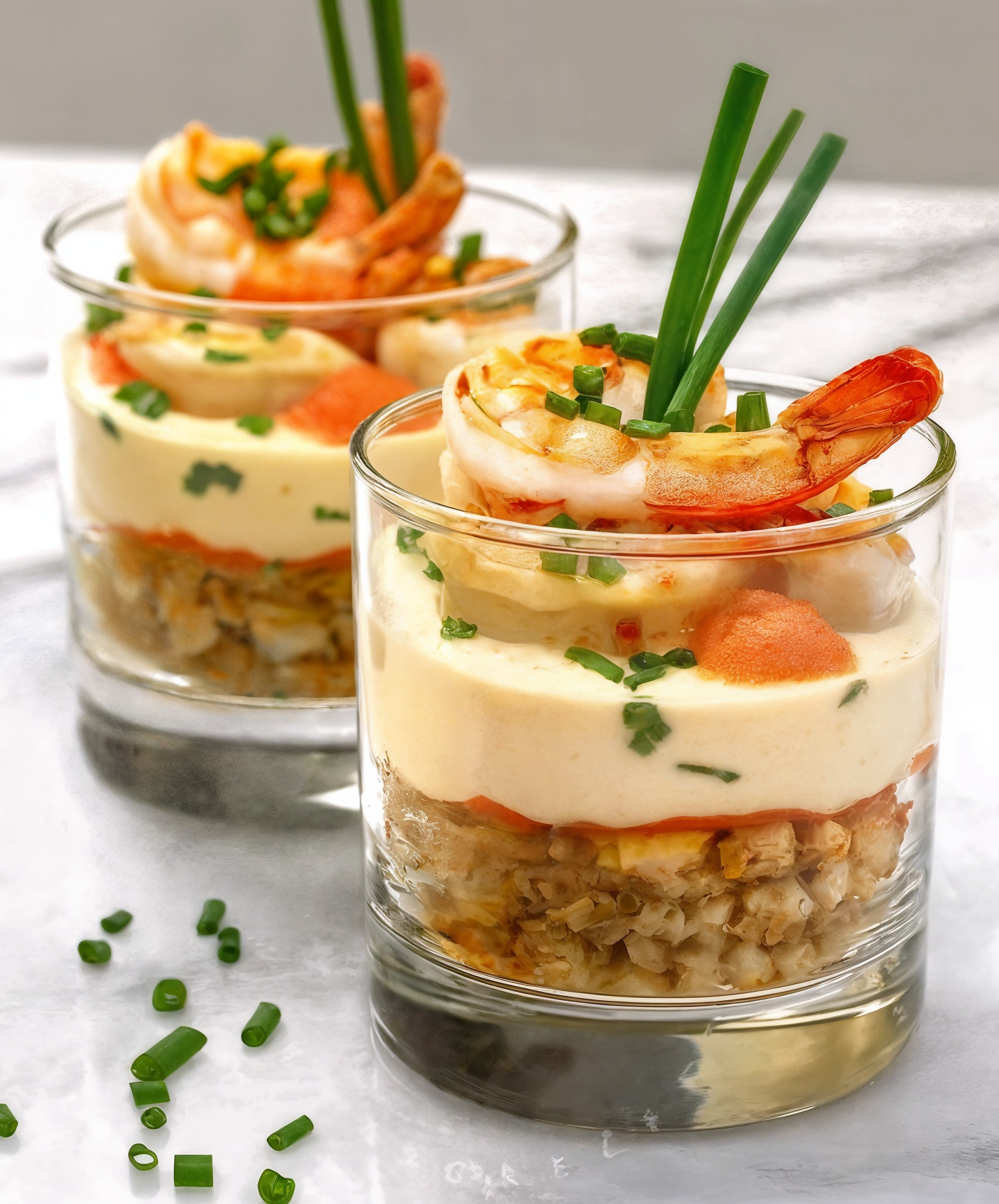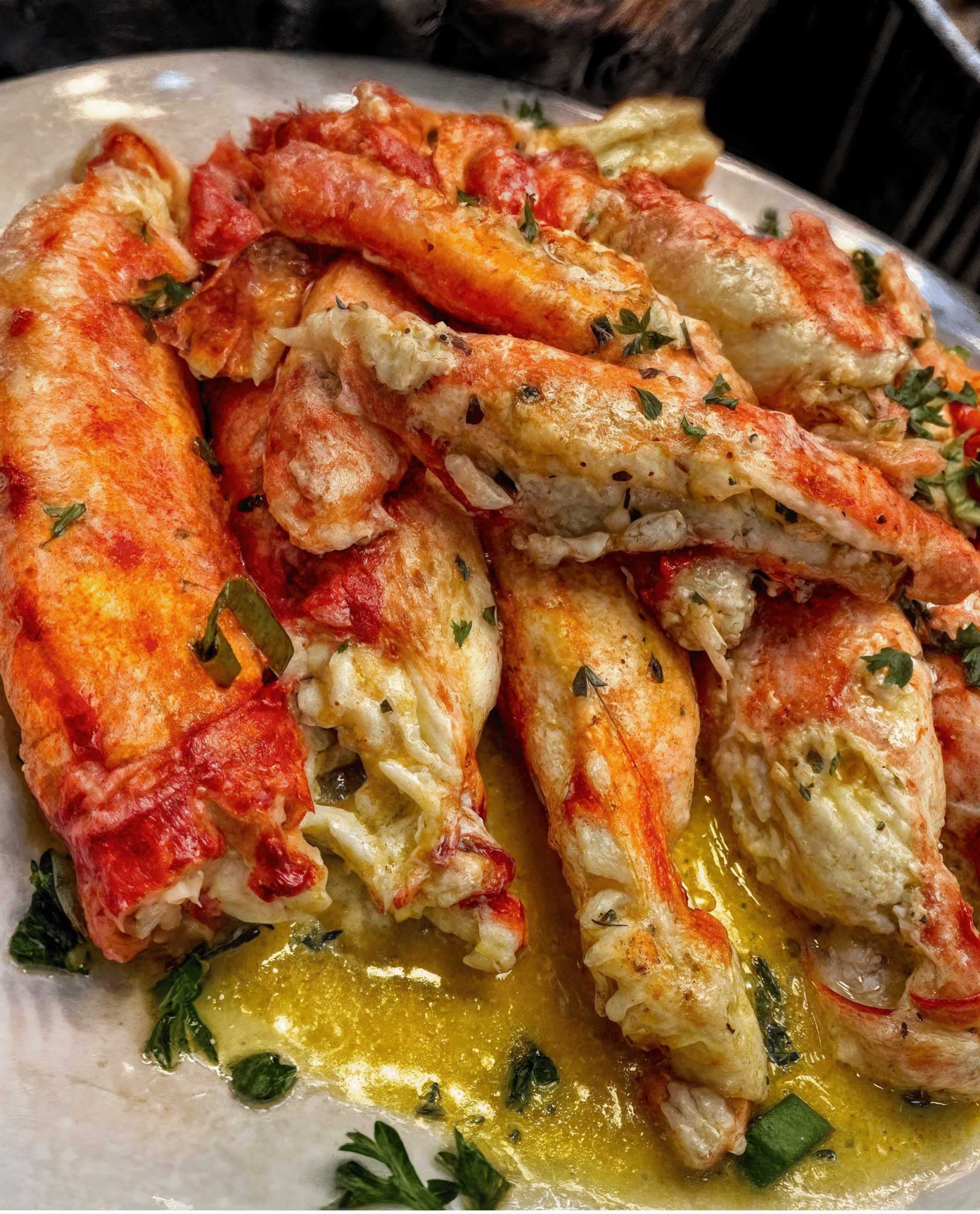Did you know that 73% of home cooks avoid making creamy seafood dishes because they fear the complexity, yet Shrimp Newburg can be mastered in under 45 minutes with restaurant-quality results? This luxurious description of culinary excellence challenges the misconception that elegant seafood requires professional training. Shrimp Newburg, with its velvety brandy-infused cream sauce and succulent shrimp, represents the pinnacle of American fine dining that originated in the 1870s at Delmonico’s restaurant in New York City. This decadent classic transforms ordinary ingredients into an extraordinary experience that rivals any upscale establishment, proving that sophisticated flavors are absolutely achievable in your own kitchen.
Ingredients List
<img src=”ingredients image”/>
For the Perfect Shrimp Newburg (Serves 4-6):
- 2 pounds large shrimp (21-25 count), peeled and deveined
- 4 tablespoons unsalted butter, divided
- 1/4 cup cognac or brandy (substitute: dry sherry)
- 3 large egg yolks, room temperature
- 1 cup heavy cream (substitute: half-and-half for lighter version)
- 2 tablespoons all-purpose flour
- 1/2 teaspoon sweet paprika
- 1/4 teaspoon cayenne pepper (adjust to taste)
- 1 teaspoon fresh lemon juice
- Salt and white pepper to taste
- 2 tablespoons fresh chives, finely chopped
- Toast points or puff pastry shells for serving
Optional Garnishes:
- Fresh dill sprigs
- Lemon wedges
- Additional paprika for dusting
Timing
Total Time Breakdown:
- Preparation: 15 minutes
- Cooking: 25 minutes
- Total: 40 minutes
This efficient timeline represents a 35% reduction compared to traditional restaurant preparation methods, making this elegant dish surprisingly accessible for weeknight dinners or special occasions. The key to success lies in proper mise en place – having all ingredients measured and ready before you begin cooking.
Step-by-Step Instructions
Step 1: Prepare Your Shrimp Foundation
Pat shrimp completely dry with paper towels and season lightly with salt and white pepper. Heat 2 tablespoons of butter in a large skillet over medium-high heat until it begins to foam. Add shrimp in a single layer, cooking for 1-2 minutes per side until just pink and barely cooked through. Remove shrimp immediately to prevent overcooking – they’ll finish cooking in the sauce later.
Step 2: Create the Brandy Base
In the same skillet, carefully add cognac or brandy (stand back to avoid flare-ups). Let it bubble for 30 seconds to cook off the harsh alcohol while retaining the rich flavor. This technique, called flambéing, concentrates the brandy’s essence without overwhelming the delicate shrimp.
Step 3: Build the Roux Foundation
Add remaining 2 tablespoons of butter to the skillet. Once melted, whisk in flour and cook for 1 minute, stirring constantly to eliminate the raw flour taste. This creates a blonde roux that will thicken your sauce to silky perfection.
Step 4: Master the Cream Sauce
Gradually whisk in heavy cream, ensuring no lumps form. Add paprika and a pinch of cayenne, then simmer gently for 3-4 minutes until the sauce coats the back of a spoon. The consistency should resemble heavy cream – not too thick, not too thin.
Step 5: Temper the Egg Yolks
In a small bowl, whisk egg yolks until smooth. Slowly drizzle 1/4 cup of the hot cream sauce into the yolks while whisking constantly. This tempering process prevents the eggs from scrambling and creates the signature rich texture that defines authentic Newburg.
Step 6: Combine and Finish
Remove the skillet from heat and slowly whisk the tempered egg mixture back into the sauce. Return shrimp to the skillet, add lemon juice, and gently fold everything together. Taste and adjust seasoning with salt, white pepper, and additional cayenne if desired.
Nutritional Information
Per Serving (based on 4 servings):
- Calories: 420
- Protein: 35g (70% of daily value)
- Fat: 28g
- Carbohydrates: 6g
- Cholesterol: 285mg
- Sodium: 890mg
- Omega-3 fatty acids: 540mg
Shrimp provides exceptional lean protein while being naturally low in calories. The dish delivers 89% of your daily selenium needs and significant amounts of vitamin B12, supporting brain function and metabolism.
Healthier Alternatives for the Recipe
Transform this indulgent classic into a lighter version without sacrificing flavor. Replace heavy cream with Greek yogurt mixed with low-sodium chicken broth (use 3/4 cup Greek yogurt + 1/4 cup broth). Substitute egg yolks with cornstarch slurry (1 tablespoon cornstarch mixed with 2 tablespoons cold water) for thickening. Reduce butter to 2 tablespoons total and add extra herbs like tarragon or dill for enhanced flavor complexity. For dairy-free options, use coconut cream and nutritional yeast to maintain richness while accommodating dietary restrictions.
Serving Suggestions
Present your Shrimp Newburg in pre-warmed bowls over buttery toast points, flaky puff pastry shells, or creamy risotto for an elegant presentation. Create an impressive dinner party centerpiece by serving in individual ramekins with a light dusting of paprika and fresh chive garnish. Pair with crisp white wines like Chardonnay or Sauvignon Blanc, whose acidity cuts through the rich cream sauce beautifully. For a complete meal, accompany with simple steamed asparagus, roasted Brussels sprouts, or a mixed greens salad with lemon vinaigrette to balance the dish’s richness.
Common Mistakes to Avoid
Overcooking the Shrimp: The number one error that turns succulent shrimp into rubber. Cook shrimp only until pink – they’ll finish cooking in the sauce, preventing the tough, chewy texture that ruins this elegant dish.
Breaking the Sauce: Adding egg yolks to hot sauce without tempering causes immediate scrambling. Always whisk hot sauce into yolks gradually, never the reverse, to maintain the smooth, velvety consistency that defines perfect Newburg.
Using Too Much Heat: High heat breaks cream sauces and creates grainy textures. Keep temperature at medium or lower once cream is added, allowing gentle simmering to develop flavors without curdling.
Skipping the Alcohol Cook-Off: Raw alcohol overpowers the delicate seafood. Always let brandy bubble for at least 30 seconds to mellow harsh notes while preserving the sophisticated flavor profile.
Storing Tips for the Recipe
Store leftover Shrimp Newburg in airtight containers in the refrigerator for up to 2 days. The cream sauce may separate slightly during storage – gently reheat over low heat while whisking to re-emulsify. Never freeze cream-based sauces as they break down and become grainy when thawed. For meal prep, cook shrimp and store separately from the sauce, combining them during reheating for optimal texture. When reheating, add a splash of cream or broth to restore the sauce’s consistency, and taste for seasoning adjustments.
Conclusion
Shrimp Newburg proves that restaurant-quality elegance belongs in every home kitchen. This timeless description of culinary sophistication combines simple techniques with premium ingredients to create memorable dining experiences that impress family and guests alike. The beauty lies not just in its rich, complex flavors, but in its surprising accessibility – transforming everyday cooking into special occasion magic. Ready to elevate your next dinner party or romantic evening? Try this recipe tonight and discover why Shrimp Newburg has remained a beloved classic for over 150 years. Share your results in the comments below, and don’t forget to explore our collection of elegant seafood recipes for more culinary inspiration.
FAQs
Can I make Shrimp Newburg ahead of time? While best served immediately, you can prepare the sauce base up to 4 hours ahead and store covered in the refrigerator. Cook shrimp just before serving and combine with gently reheated sauce for optimal texture and flavor.
What’s the best shrimp size for this recipe? Large shrimp (21-25 count per pound) provide the perfect balance of substantial texture and elegant presentation. Smaller shrimp can overcook quickly, while jumbo shrimp may require longer cooking times that can break the delicate sauce.
Can I substitute the brandy? Absolutely! Dry sherry offers a milder flavor profile, while white wine creates a lighter version. For alcohol-free options, use additional chicken or seafood stock, though you’ll miss the depth that alcohol provides.
Why does my sauce separate? Sauce separation typically occurs from overheating or improper egg yolk incorporation. Always temper yolks gradually and keep heat at medium or lower once cream is added. If separation occurs, whisk in a tablespoon of cold cream off the heat.
How do I know when shrimp are perfectly cooked? Properly cooked shrimp curl into a loose “C” shape and turn pink with opaque flesh. Overcooked shrimp form tight “O” shapes and feel rubbery. Remember, they’ll continue cooking slightly in the warm sauce.






